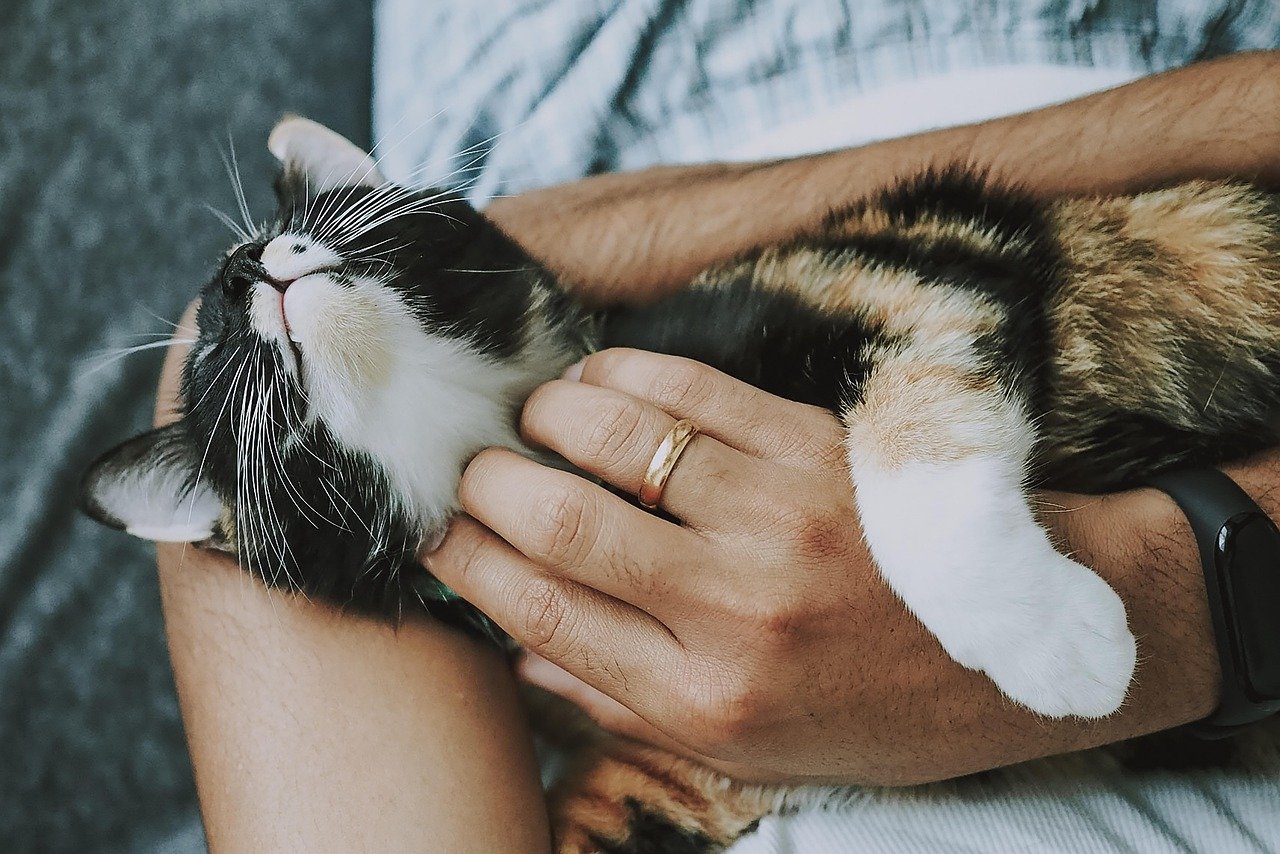Cats are fascinating creatures, often shrouded in mystery with their independent personalities and unique quirks. As the seasons change, so too can a cat’s behavior. Just as humans may feel the effects of shorter days and cooler weather, cats can exhibit signs of stress or behavioral changes during seasonal transitions. Understanding and addressing these changes proactively can help maintain your feline friend’s well-being and happiness.
Understanding the Impact of Seasonal Changes on Cats

Seasonal changes can have a profound impact on your cat’s behavior. As daylight hours shorten, some cats may become more lethargic or display signs of increased anxiety. Changes in temperature can also affect their comfort levels, possibly leading to irritability. These shifts are similar to how humans might feel a bit off during the change from summer to autumn. It’s crucial to recognize these patterns to prevent any negative effects on your cat’s behavior, ensuring their environment remains a source of comfort and stability.
Recognizing Behavioral Changes
Being attuned to your cat’s normal behavior is essential in spotting any deviations. Look for signs such as increased aggression, excessive grooming, or changes in appetite and sleeping patterns. These can all be indicators of stress or discomfort due to seasonal changes. It’s like noticing when a friend isn’t acting quite like themselves; the sooner you identify the issue, the quicker you can help. Early recognition allows you to take steps to mitigate stress and support your cat’s emotional health.
Providing a Stable Environment
Setting up a stable environment is key in preventing behavioral issues during seasonal shifts. Cats thrive on consistency, so maintaining a regular routine in feeding, playtime, and affection is vital. Think of it as giving them a safety net—when everything else changes, their daily routine remains a comforting constant. Ensure their sleeping area is warm and cozy during colder months, and consider additional bedding if needed. A stable environment can help your cat feel secure and less prone to anxiety.
Ensuring Proper Nutrition
Diet plays a significant role in a cat’s mood and behavior. Seasonal changes might affect your cat’s appetite, leading to overeating or disinterest in food. Provide balanced nutrition tailored to their needs, and consult your vet if you notice drastic changes in their eating habits. It’s akin to how we feel better after a wholesome meal; a well-fed cat is more likely to be content and less likely to exhibit behavioral issues.
Encouraging Physical Activity
Exercise is a great way to alleviate stress and prevent behavioral problems. During seasonal changes, indoor playtime becomes even more crucial. Engage your cat with toys, interactive games, or even a simple laser pointer. Imagine it as a way to channel their energy positively, much like how a good workout can lift a person’s mood. Regular physical activity keeps your cat’s mind and body healthy, reducing the likelihood of destructive behaviors.
Utilizing Environmental Enrichment
Environmental enrichment can play a pivotal role in preventing behavioral issues. Introduce new toys, scratching posts, or even a cat tree to stimulate your cat’s curiosity and keep them entertained. Think of it as providing a playground for their senses, where they can explore and satisfy their natural instincts. Enrichment activities can redirect potentially negative behaviors into constructive outlets, promoting a happier, healthier cat.
Creating a Calming Atmosphere
A calming atmosphere can significantly ease a cat’s stress during seasonal transitions. Consider using pheromone diffusers or calming sprays that mimic natural feline pheromones to create a sense of security. It’s like lighting a scented candle to unwind after a long day; these products can help soothe your cat’s nerves. Soft music or white noise can also be beneficial, providing a peaceful background that can mask unsettling sounds.
Monitoring Health and Wellness

Regular vet check-ups are crucial, especially if you notice changes in your cat’s behavior during seasonal shifts. Health issues can often manifest as behavioral problems, so it’s essential to rule out any underlying medical conditions. Think of it as a routine maintenance check for your car; addressing potential issues early can prevent more significant problems down the line. Keeping up with vaccinations and flea treatments is also vital to ensure your cat’s overall well-being.
Seeking Professional Help When Needed
If behavioral issues persist despite your best efforts, seeking professional help is a wise choice. A veterinarian or animal behaviorist can provide insights and strategies tailored to your cat’s specific needs. It’s much like consulting an expert when you’re facing a challenge you can’t solve alone. Professional guidance can offer peace of mind and ensure your cat receives the best possible care, fostering a harmonious household.
By understanding and addressing the potential behavioral issues that can arise during seasonal changes, you can ensure your cat remains happy and healthy all year round. Remember, a proactive approach, combined with love and attention, is the key to a content and well-adjusted feline companion.

Linnea is a born and bred Swede but spends as much time as possible in Cape Town, South Africa. This is mainly due to Cape Town’s extraordinary scenery, wildlife, and atmosphere (in other words, because Cape Town is heaven on earth.) That being said, Sweden’s majestic forests forever hold a special place in her heart. Linnea spends as much time as she can close to the ocean collecting sea shells or in the park admiring puppies.






